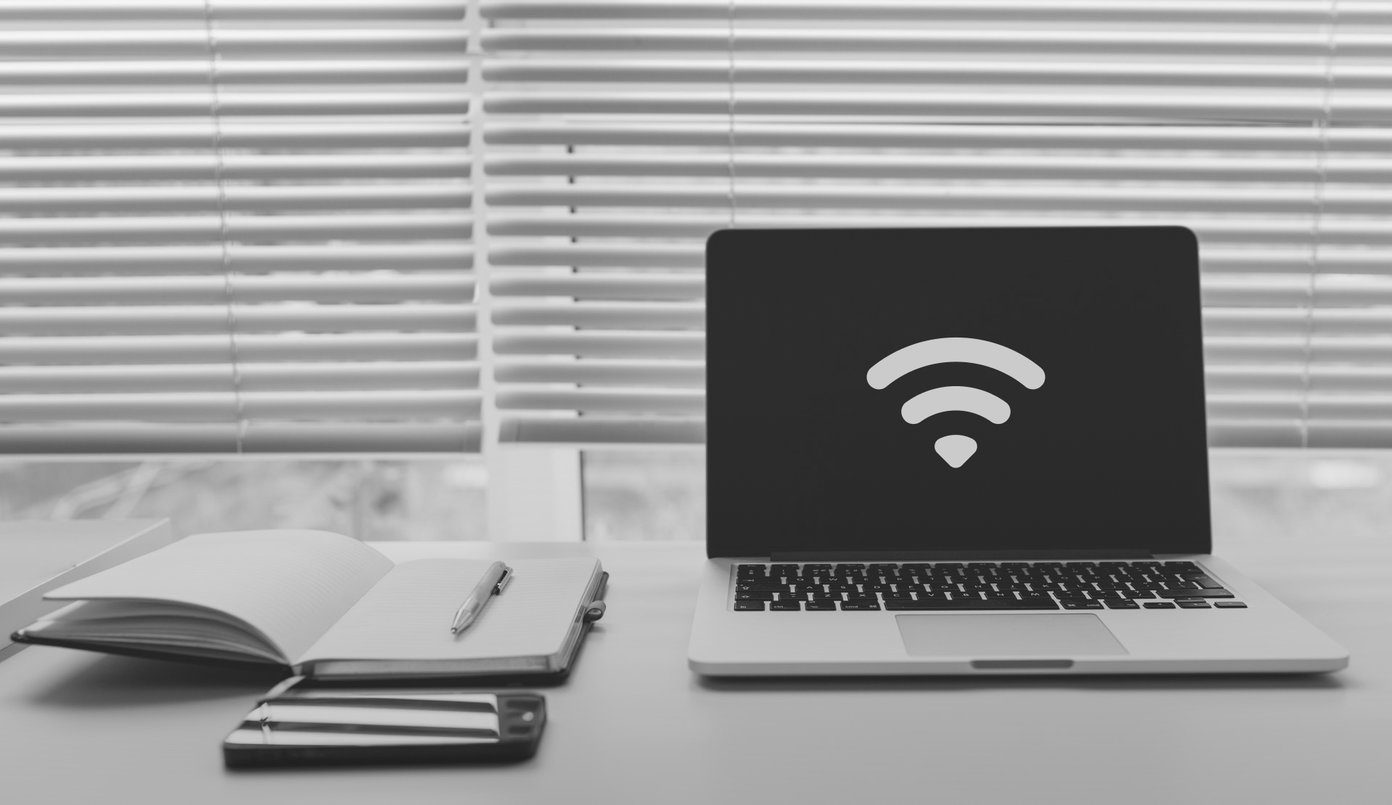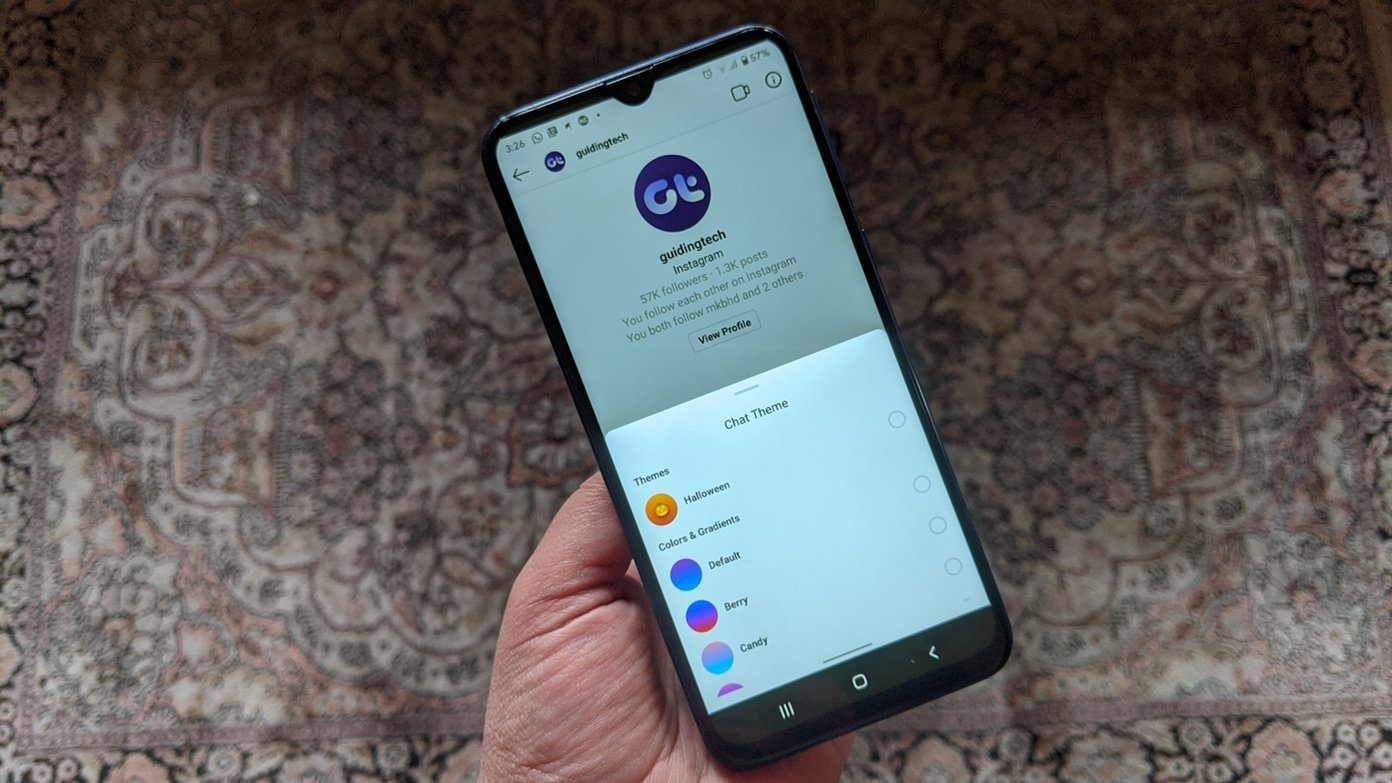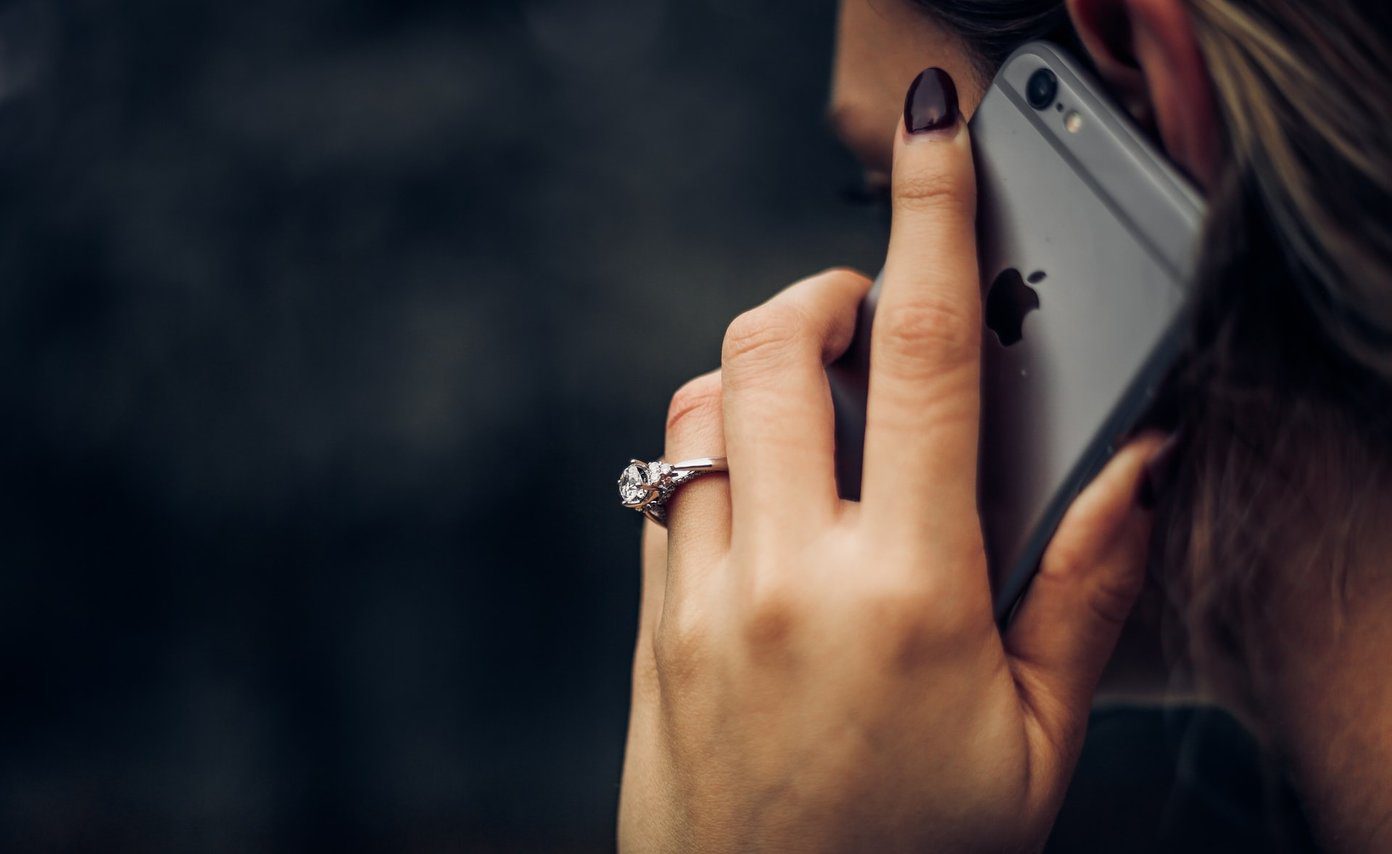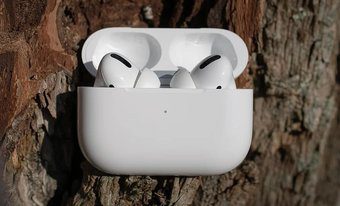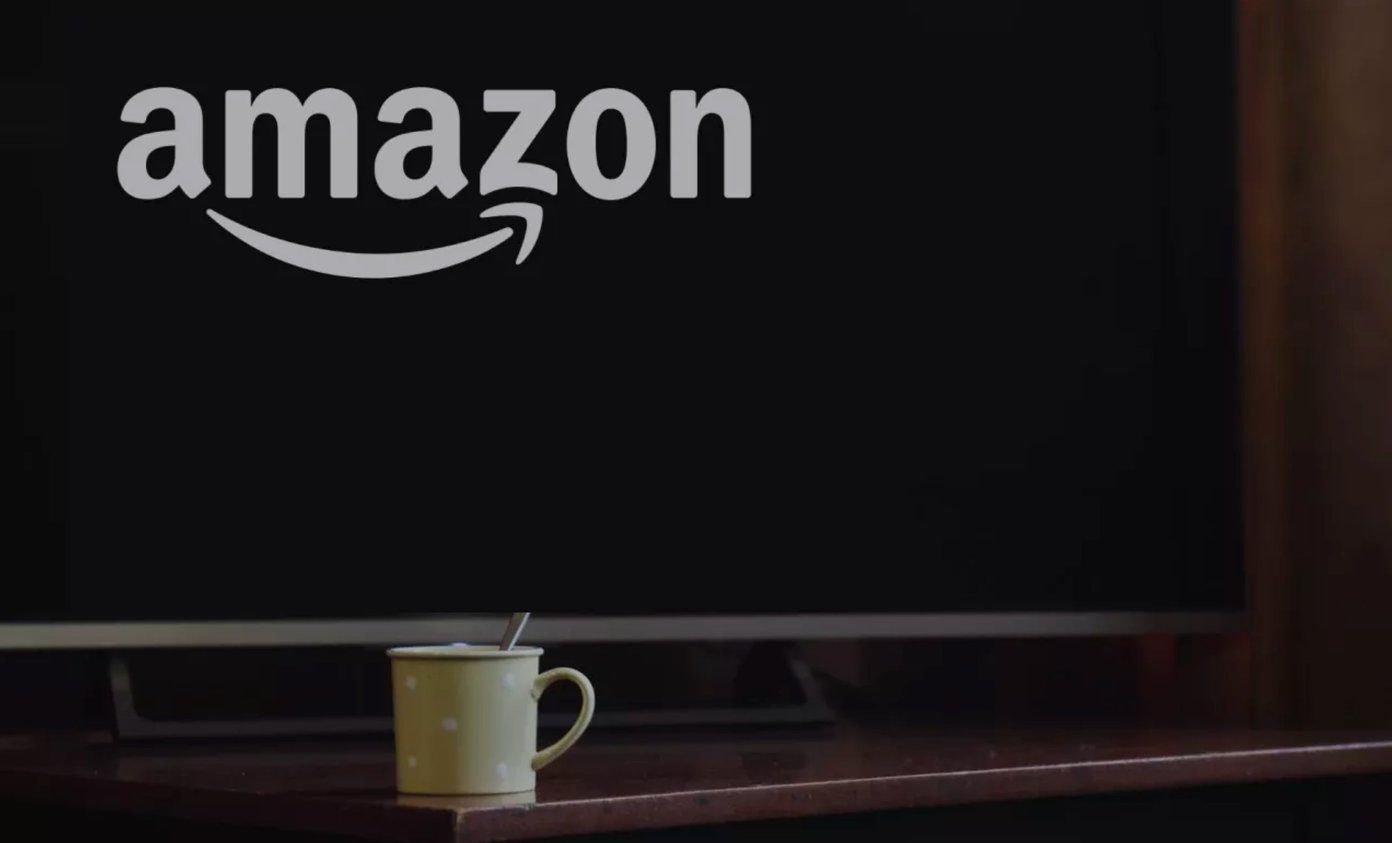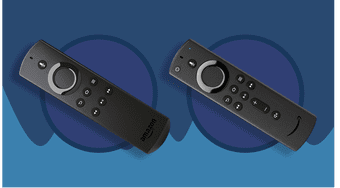First, make sure both devices (Mac and iPhone) are connected to the same Apple ID account. Likewise, check that you have an active Apple Music subscription—on your iPhone, go to Settings > [Your Name] > Subscriptions and ensure that ‘Apple Music Subscription’ is in the Active section. Finally, verify that your iPhone and Mac’s internet connection are both active. This is super important. If internet connectivity is the problem, check out these guides on fixing cellular data problems and restoring a Wi-Fi connection on an iPhone. Otherwise, proceed to the solutions in the next section.
1. Manually Trigger Library Synchronization
It’s quite possible that your Apple Music subscription doesn’t have your music library synced across devices despite having an active internet connection. In such instances, you can manually trigger the synchronization. Some Mac users who experienced similar difficulties with synchronizing Apple Music could maneuver the problem by modifying their music libraries. Making any change to your music library — on your iPhone — will trigger Apple Music to synchronize your Mac’s music library with your iPhone. You could try adding a random song to your playlist, change a playlist’s name, or even create a new playlist. Anything at all. That should nudge your iPhone’s Apple Music to obtain updated information from your Mac or other connected devices.
2. Restart Devices
Still can’t sync your Mac’s Apple Music library with your iPhone? Power off both devices and turn them back on, starting with your iPhone. If the issue persists when your iPhone comes back on, try restarting your Mac and check if that helps.
3. Update iOS
If Apple Music’s library synchronization isn’t working correctly on your devices, Apple recommends updating their OS to the latest version. Go to Settings > General > Software Update and tap ‘Download and Install’ to update your iPhone. To update macOS on your Mac, navigate to System Preferences > Software Update and click the Upgrade Now button.
4. Enable Library Synchronization
You should also check that library synchronization is enabled on your Mac and iPhone. If disabled on either device, Apple Music will have different content on your devices, even if they are connected to the same Apple ID.
How to Enable Apple Music Library Sync on iPhone
Step 1: Launch Settings and select Music. Step 2: Make sure Sync Library is toggled on. If the option is already enabled, toggle it off and back on. That could also help trigger Apple Music to sync your Mac’s music library with your iPhone. Note: Turning off library synchronization for Apple Music will remove all songs and downloads from your iPhone. Don’t worry. Your content will be restored. Your music library will be synced/update when you turn the feature back on. The only downside is that you’ll lose downloaded songs.
How to Enable Apple Music Library Sync on Mac
Step 1: Launch the Music app and click Music on the top-right corner of the menu bar. Step 2: Next, select Preferences. Step 3: In the General tab, make sure the Sync Library option is checked. If already enabled, you can uncheck the option and turn it back on. Click OK to save the changes.
5. Check Apple Music Status
You could experience difficulties syncing your music library between your Mac and iPhone if there’s an interruption with the Apple Music service in your region or globally. To confirm, visit the Apple System Support page and check if the indicators next to Apple Music, Apple Music radio, and Apple Music Subscriptions are green. That means Apple Music’s servers are active and online. If the indicators are yellow, the servers are down, and you might be unable to use some of Apple Music’s features and services. In this case, the only thing you can do is to wait for Apple to patch things up on their end.
6. Reconnect Apple ID
If none of the solutions recommended above does the trick, you should remove your Apple ID account from your iPhone and sign back in. Before you proceed, you should take a backup your iPhone so you don’t lose any data when you sign out of Apple ID. Note: Like turning off library sync for Apple Music (see method #4), signing out of Apple ID will also remove all downloaded songs from your iPhone. This is why you should take a backup your iPhone. To sign out of Apple ID on iPhone, go to Settings, click on your name, and tap the Sign Out option.
Squash Synchronization Delay
Provided that you followed the methods and instructions mentioned above, you should no longer have a problem accessing your Apple Music library on your MacBook and iPhone. Next up: Are you looking to stop Apple Music from downloading tracks or albums automatically on your iPhone, Mac, or PC? Then you should read the guide linked below to learn how to achieve that. The above article may contain affiliate links which help support Guiding Tech. However, it does not affect our editorial integrity. The content remains unbiased and authentic.















